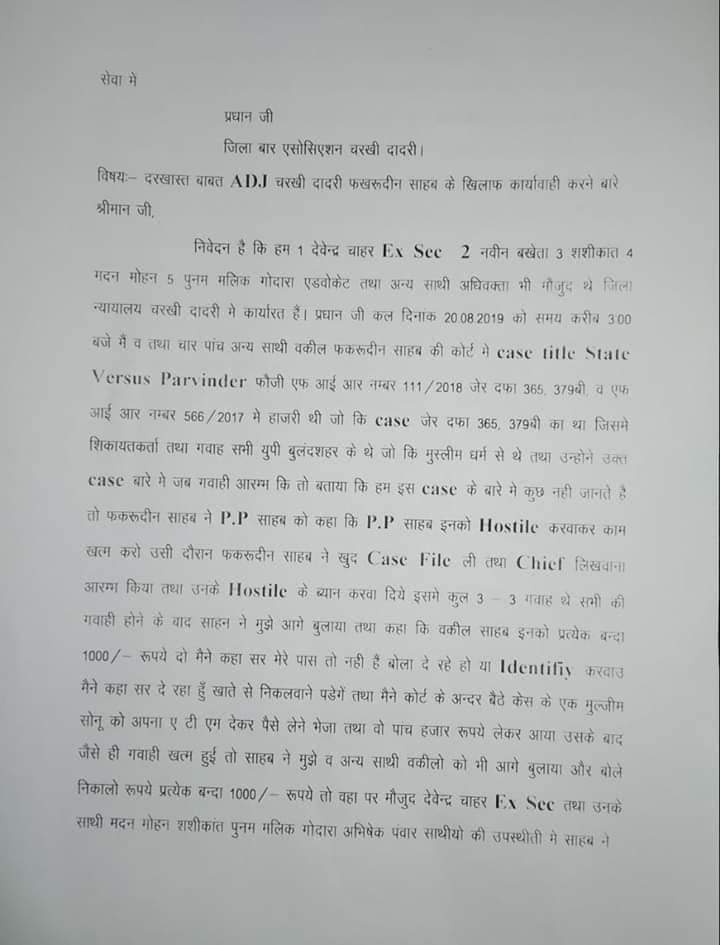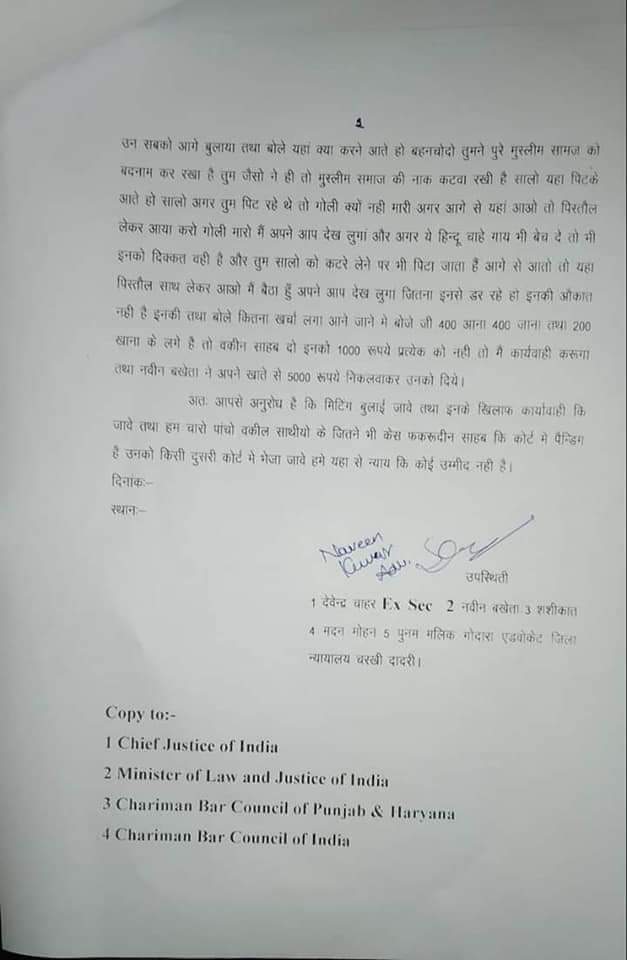I make a living writing in English. I’ve been running a content writing business for the past 14 years. 90% of my work comes from English speaking countries like USA, UK and Australia.
So then why do I find myself agreeing with Venkaiah Naidu, Bharat’s Vice President, when he says that the English language is an illness left behind by the British?
Vice-President M. Venkaiah Naidu said that English was a "disease" left behind by the British and it was not possible to progress in India without Hindi.https://t.co/FPk57NaN4r
— The Telegraph (@ttindia) September 15, 2018
The problem with English, in the Bharatiya context is, that there is such an aura attached to the language that if a stupid person speaks in fluent English (preferably in Western accent) people assume he or she is as intelligent as Einstein.
In fact, if Einstein were to speak in Bharat in a Bharatiya language, no one would take him seriously as a scientist. No matter how much people deny, this is a reality.
This attitude reeks of an inveterate inferiority complex. If you are ruled by a particular class for a prolonged period, and if your sense of identity is fractured, or even totally obliterated, you want to seem like your conqueror. People around you are in awe of you because you speak the language of the powerful, and the rulers find you a bit more tolerable than the rest of the natives.
Bharatiyas were first ruled by the Mughals, and then by the British. Whereas the language of the Mughals, Urdu with a liberal garnishing of Arabic expressions, began to represent class and nobility, and even popular culture like Bollywood, when the British bolt hit the subcontinent, the English language came to represent imperial grandeur.
Consequently, Urdu became the primary language of poets and writers, and Mughal etiquettes became an integral part of the political and social upper class rituals.
English, naturally, became the language of the rulers. Bureaucracy adopted it with great zeal, academia embraced it as a celestial benediction and people who just stumbled into it by serendipity felt as if they have finally unshackled themselves from the shame of sounding like natives.
Speak fluent English and you are the coolest chap around.
The problem with English as a language in Bharat is that it is not just a language, it is a status symbol. It separates haves from have-nots. Even after more than 70 years of independence, it is still the language of the rulers.
In the cities, speak in Hindi or your native language and nobody gives you a second glance unless you are a roguish politician or a goon. The other person may even throw upon you a disapproving look for showing the temerity of speaking to him or her. But speak in English and the facial expressions suddenly change and even if you are speaking gibberish, they pay attention to you as if their life depends on establishing that they grasp the full import of your divine utterance.
The problem becomes grave when, instead of becoming a facilitator, the language acts as a barrier. It is often used to exclude people. It is used to flaunt one’s status. Good books are not available in native languages. Writers who don’t write in English don’t command much respect outside of the decadent Sahitya Academies.
Students who suddenly have to switch to the English language are constantly grappling with the language barrier instead of learning the actual subject. I have seen brilliant math students perform miserably because they are forced to follow math books written in English, which they don’t understand properly. Many can’t pursue advanced studies and career-related courses because study materials are available only on English.
So what’s the solution?
The English language, as far as Bharat is concerned, is sullied by the putrefaction of a colonial mentality, and this mentality isn’t going anywhere. Lord Macaulay wanted to create a class of Bharatiyas who would be Bharatiyas by birth but by thinking and by manner of living they would be British. This class of Bharatiyas didn’t turn British, but definitely metamorphosed intro a grotesque melange of an alien selfhood that considers itself superior to its own fellow citizens.
What exacerbates the problem with this class is that in its own country it feels deracinated and it aspires to emulate and belong to a culture thousands of kilometers away, where people of this class are considered outsiders. So they are neither here, nor there.
Tragically, since their access to the English language, they wield more power to control the destinies of those who have no access to the English language. We have a powerful class with a deep sense of inferiority complex.
Consequently, our entire system is run by people who harbor a condescending attitude towards their own culture, their own way of life, their own people, and their own country. How do you expect them to think better of the country they are supposed to take care of?
Coming back to the solution, first of all, we need to consider English as a language, not a portal to a land of supremacy. This can only be achieved if quality education is available in indigenous languages, not just in English.
In schools, English should be taught as an optional subject, and all the other books like science, history, mathematics, geography, etc. should be in major local languages (like Hindi, Tamil, Bengali, Punjabi). All the official documents and archives in English must be translated in local languages. Book publishing companies (like Penguin, Rupa) should be incentivized to encourage writers of indigenous languages rather than just English.
Just like there is a Swachh Bharat Abhiyan, a nationwide campaign must be launched to encourage children to feel proud of speaking their native languages, and consider English just like any other language.
The problem is not with the English language, the problem is with the cancer of a sense of superiority that has been attached to it. The country and its people have to pay a heavy price for this.
-by Amrit Hallan
(This article was first published on medium.com on September 16, 2019 and has been reproduced here with minor change- references to ‘India’ has been changed to ‘Bharat’)
Did you find this article useful? We’re a non-profit. Make a donation and help pay for our journalism.




















